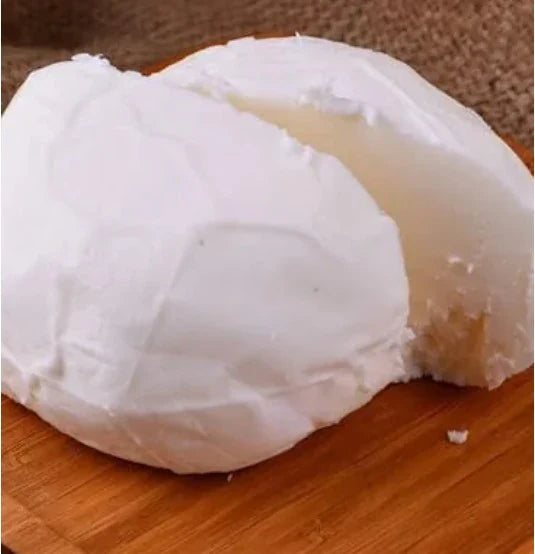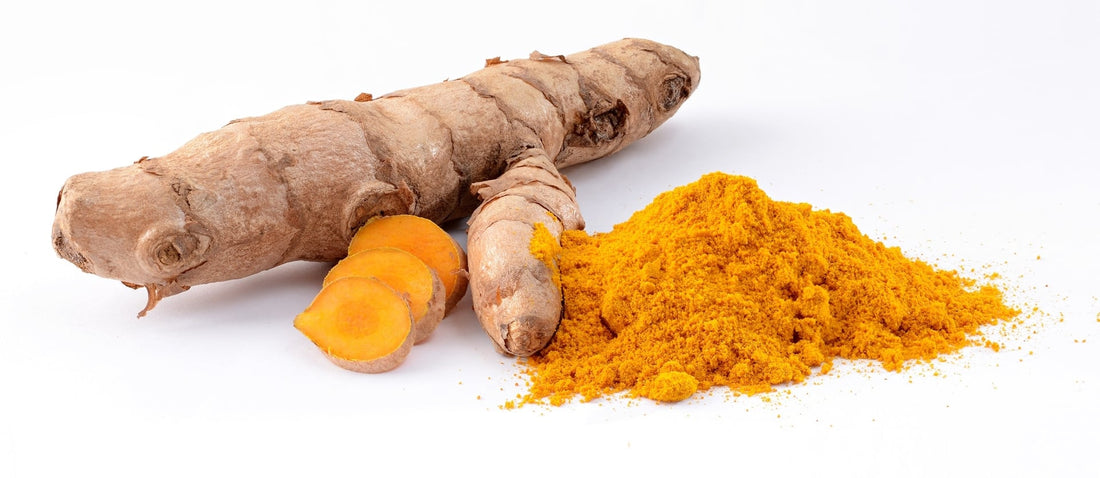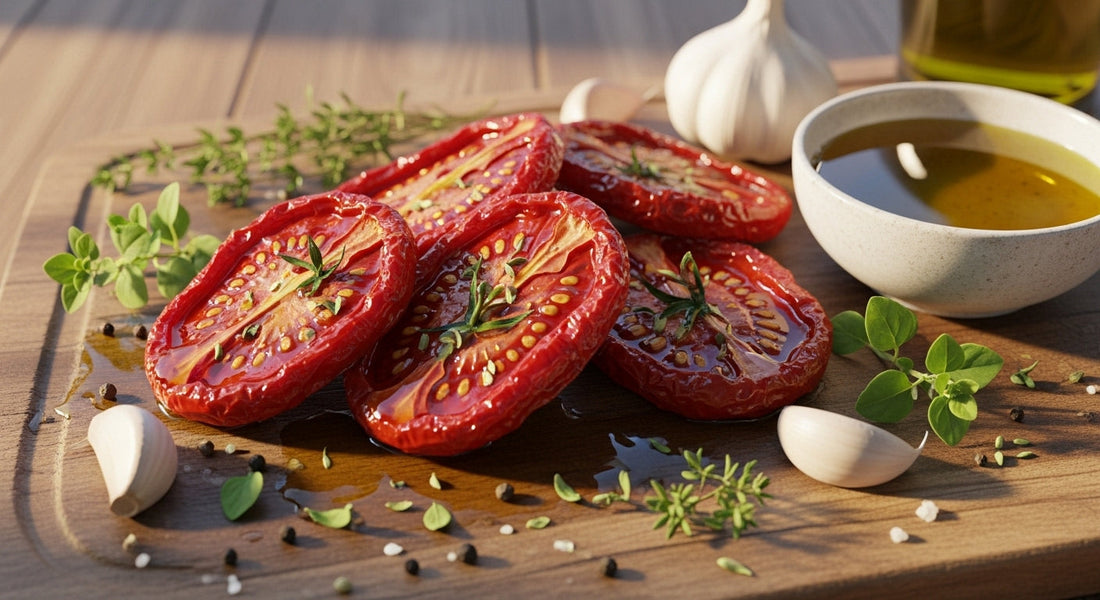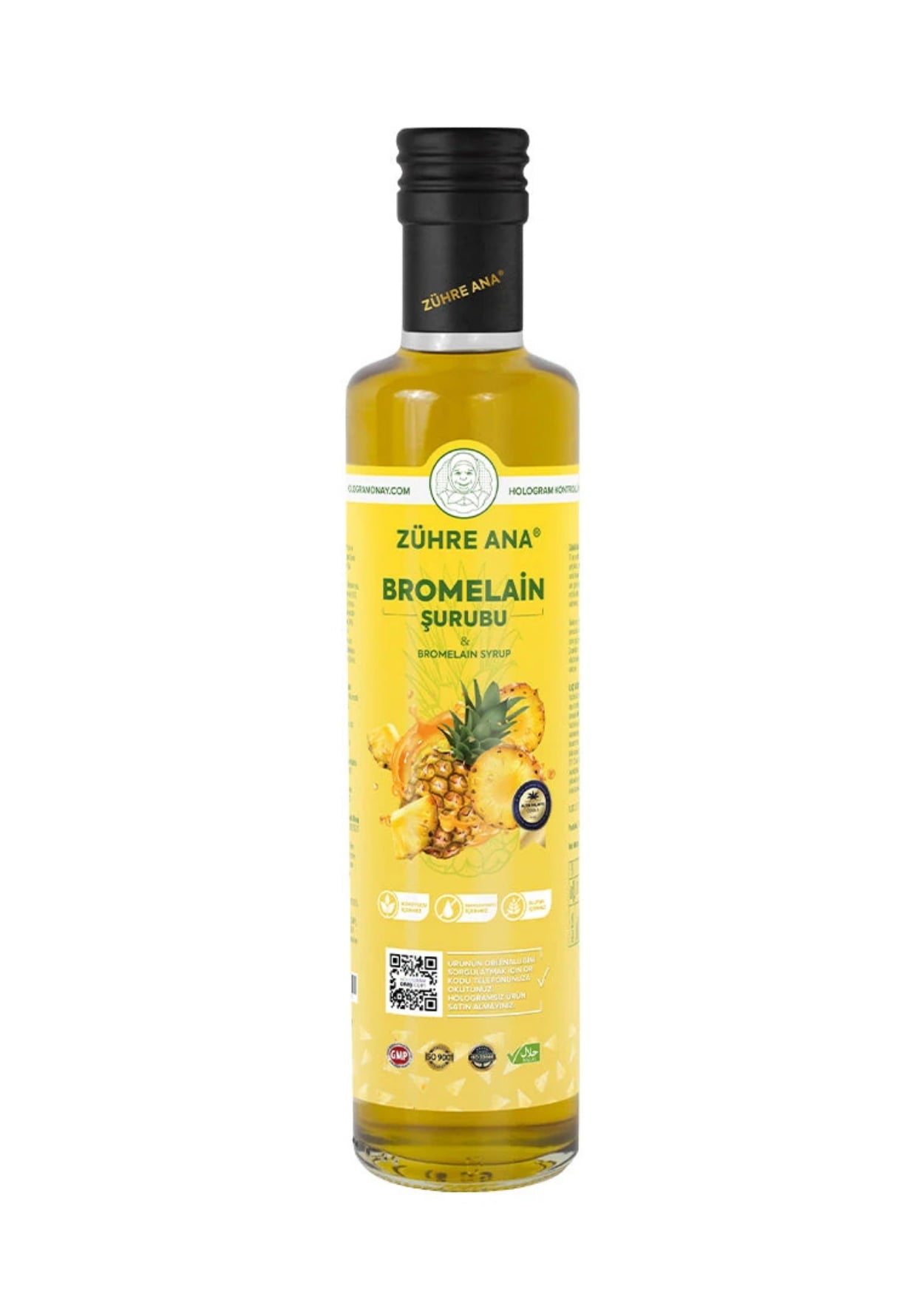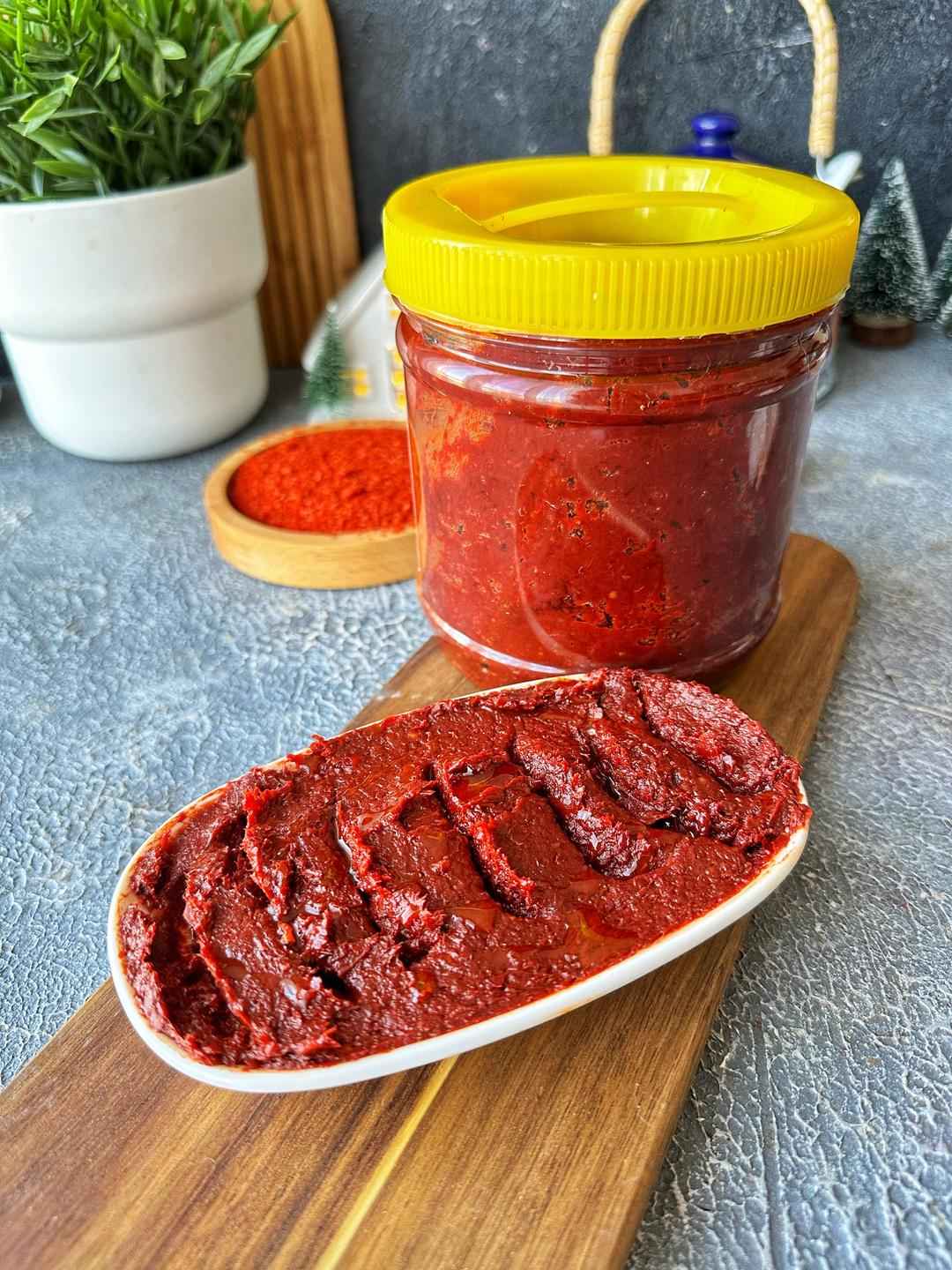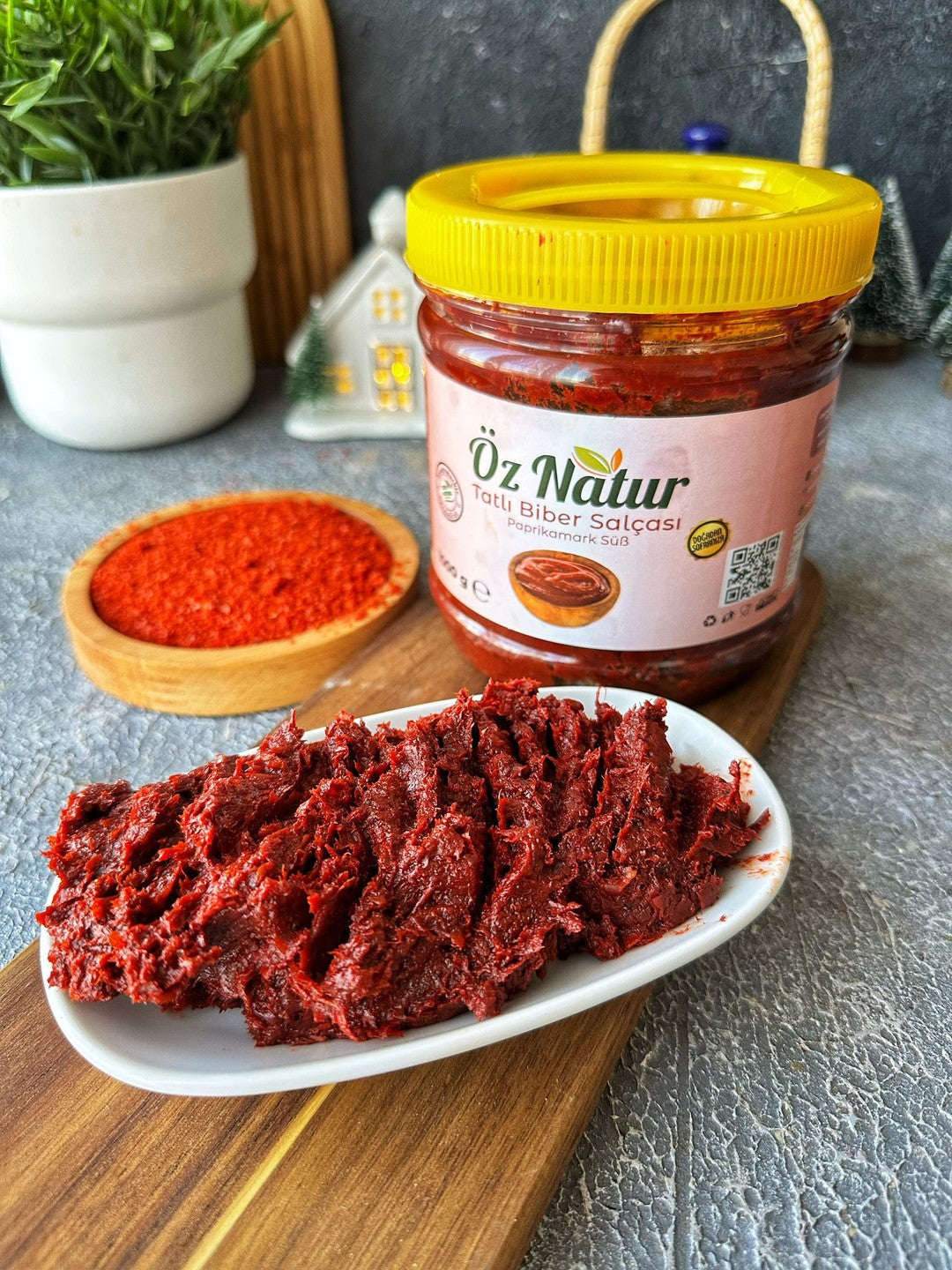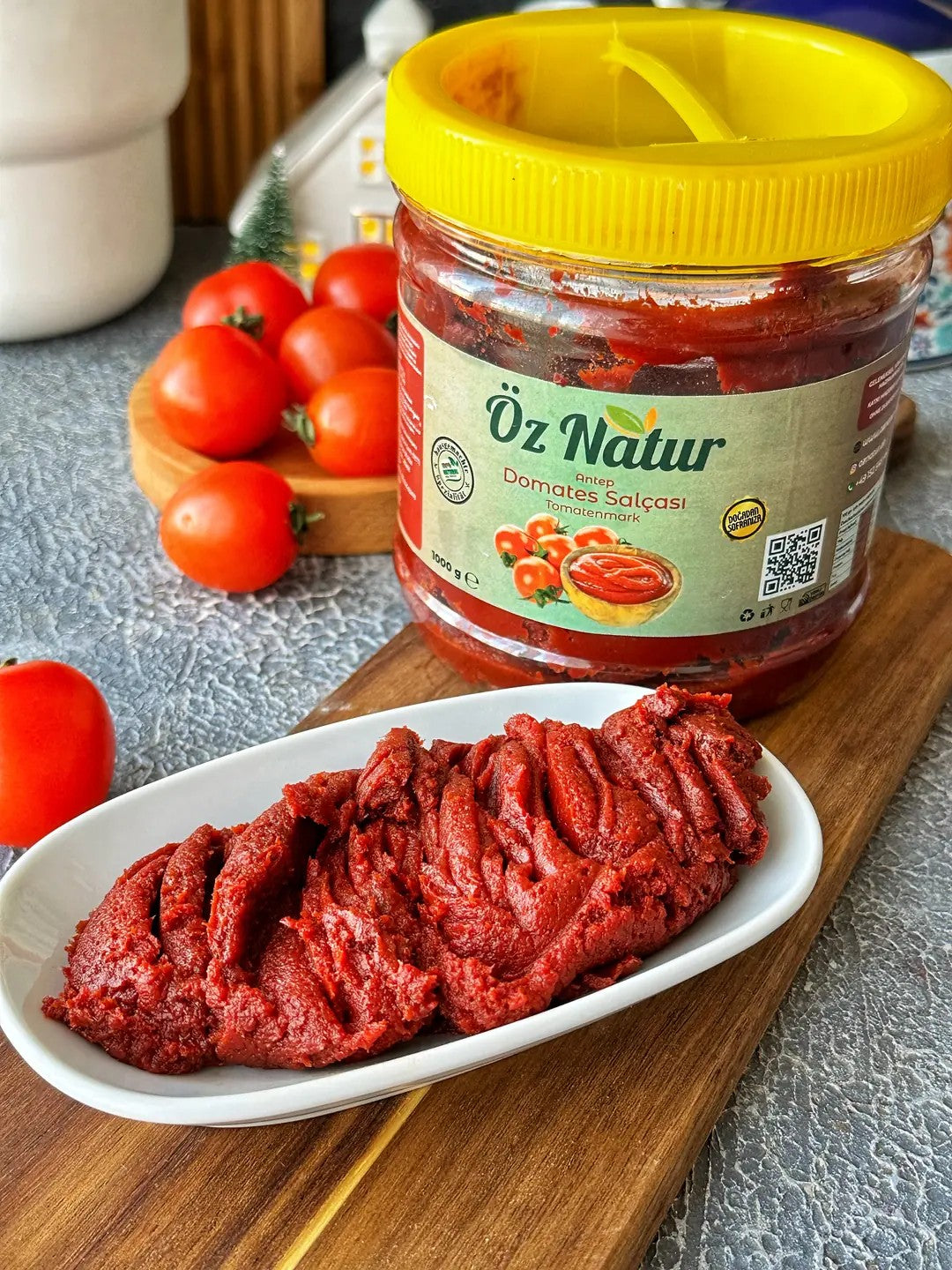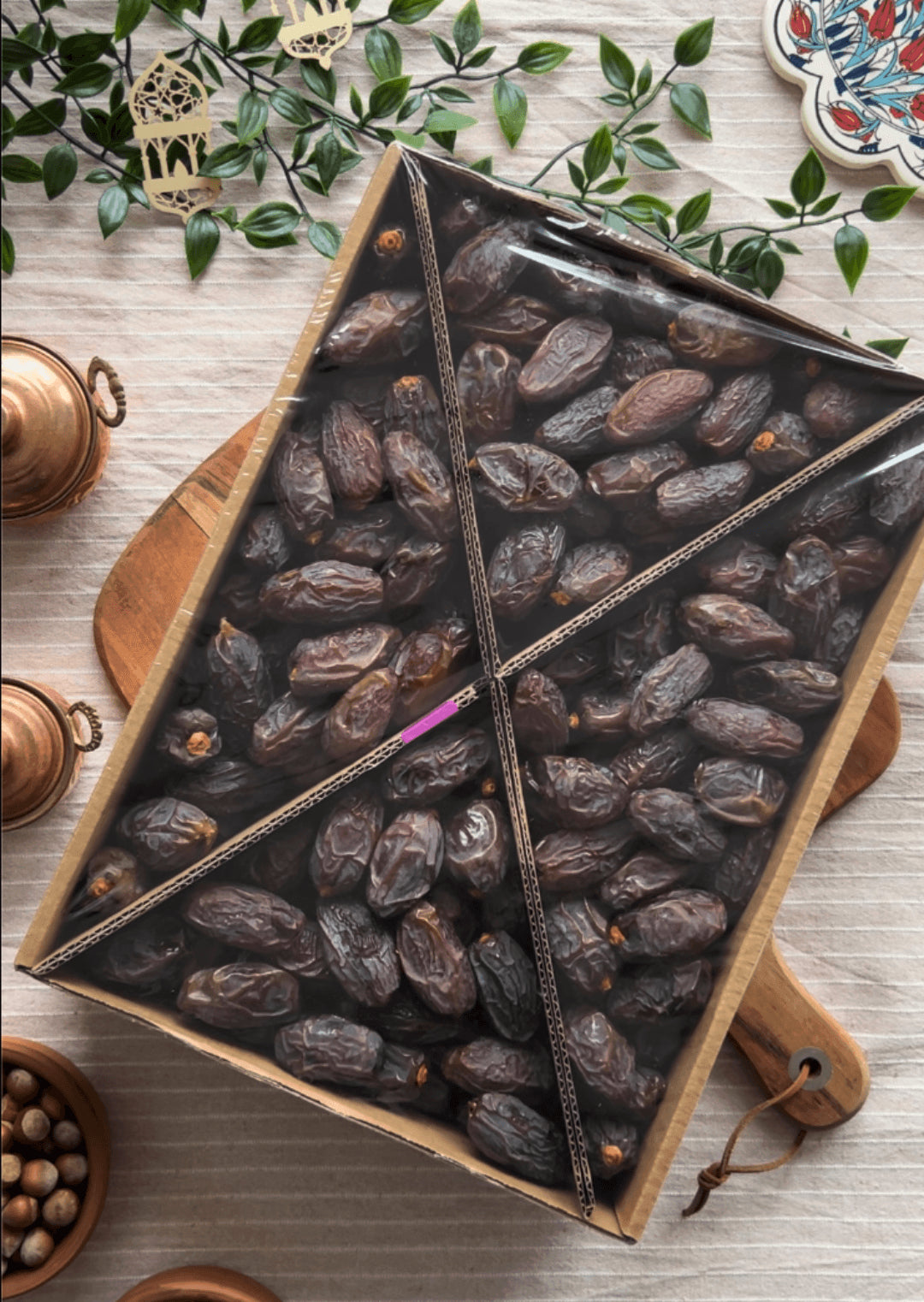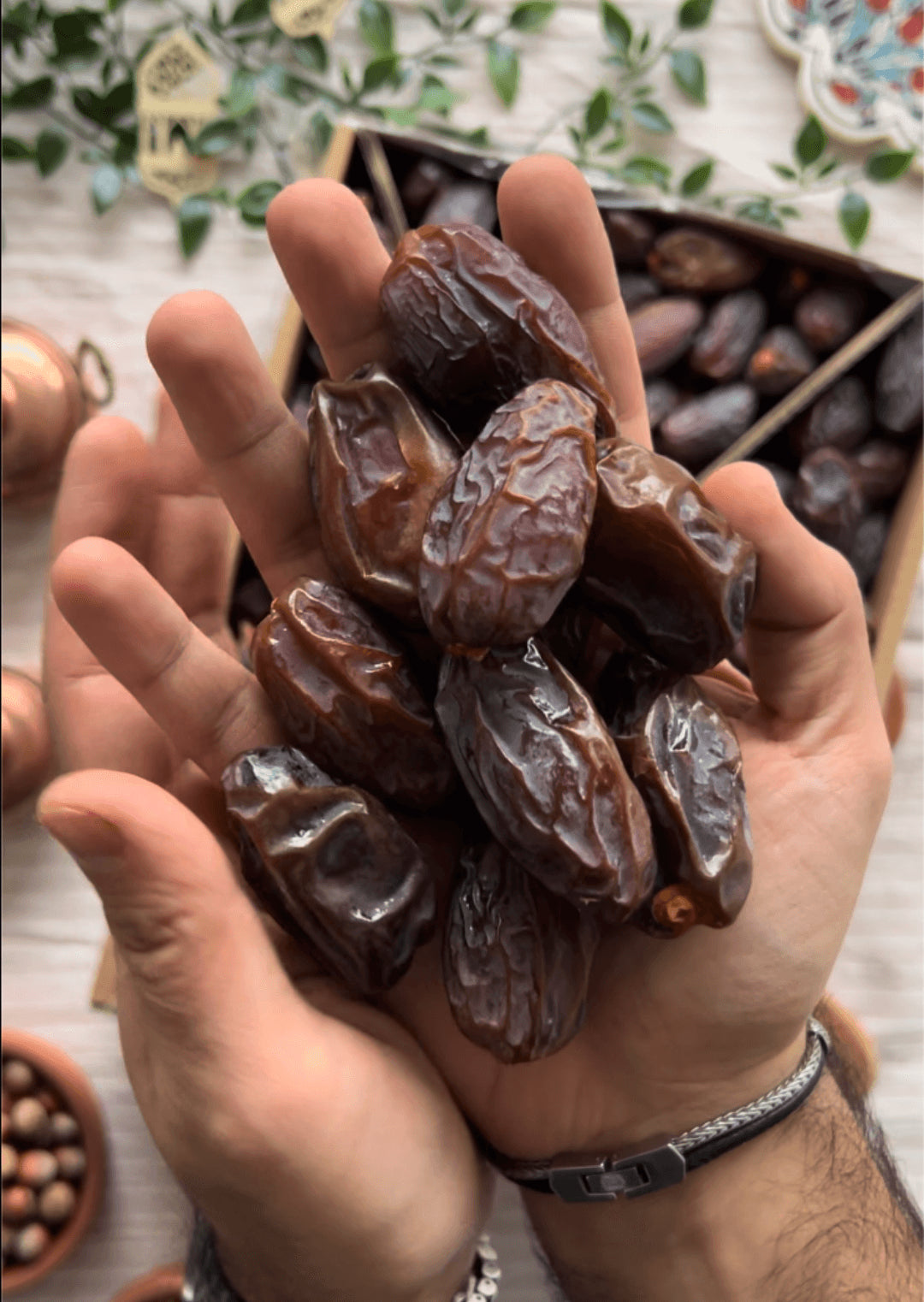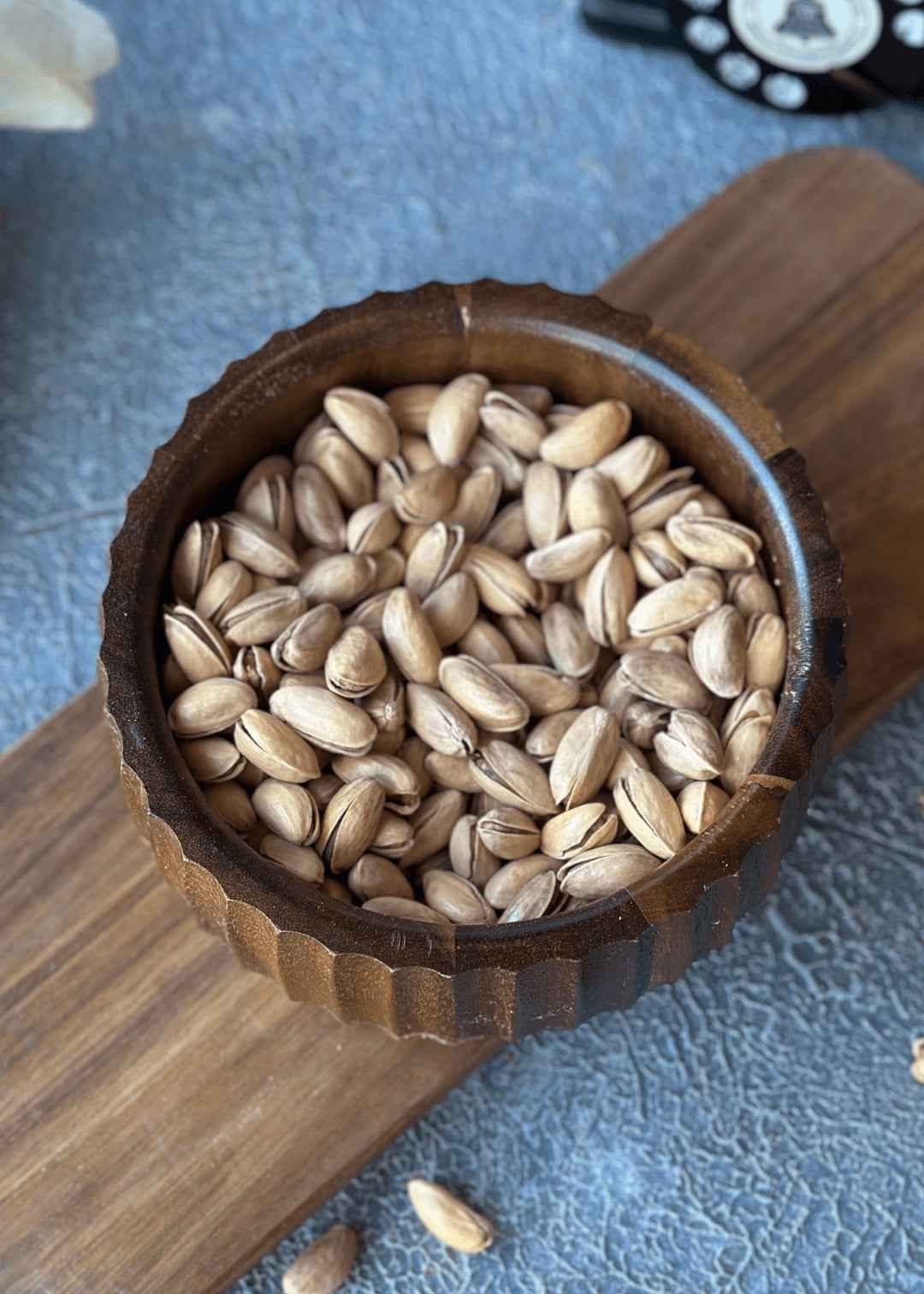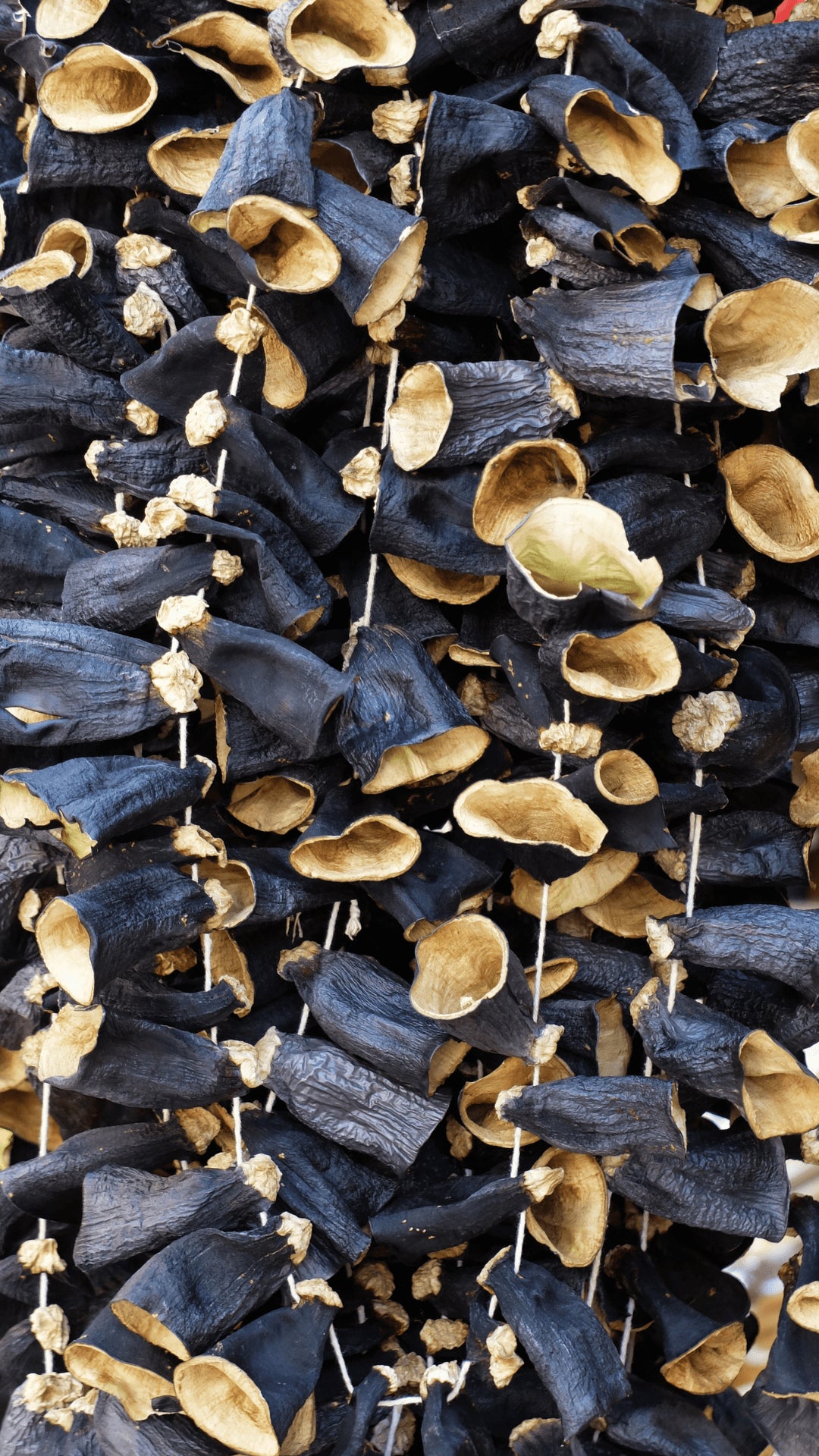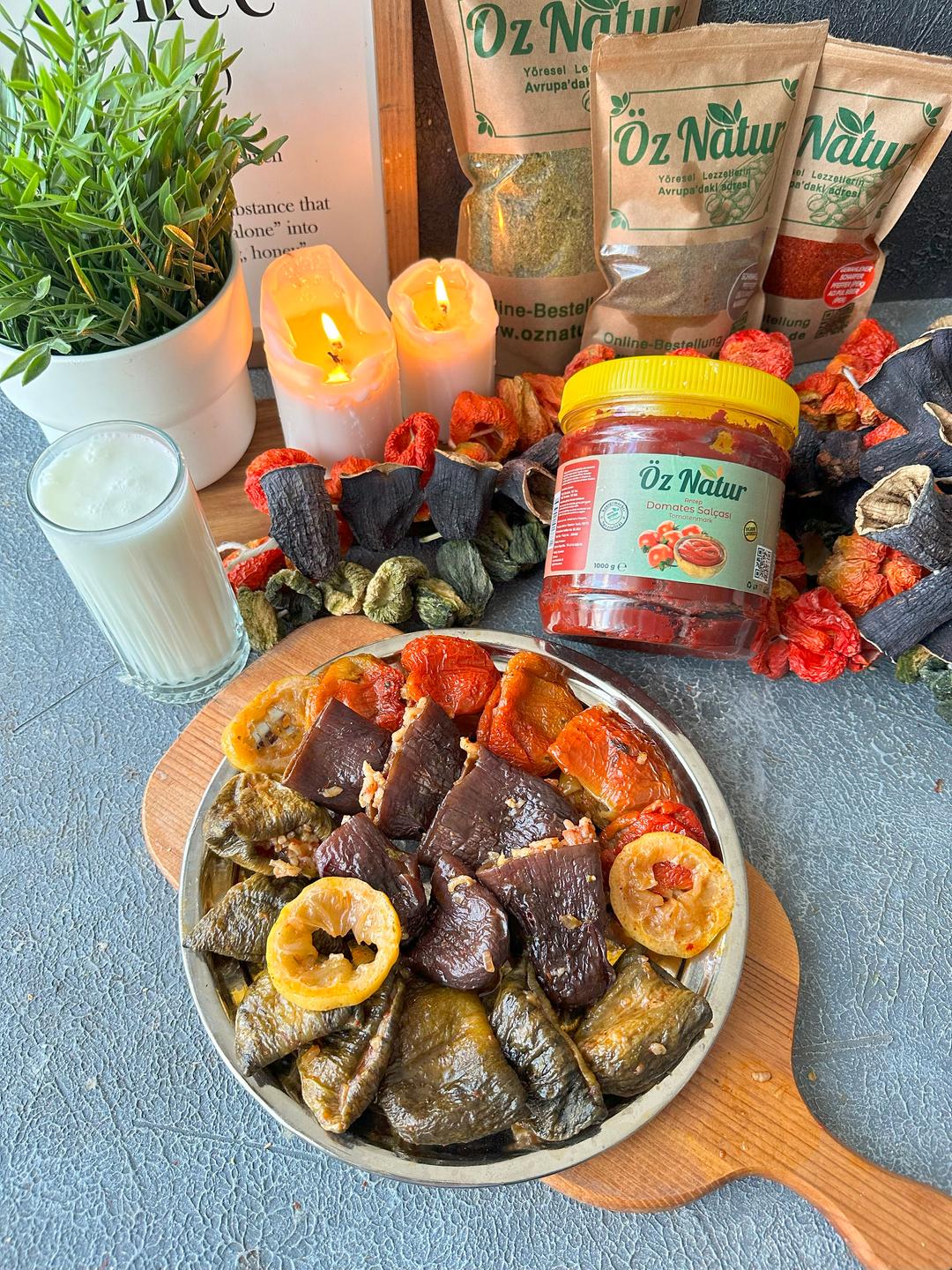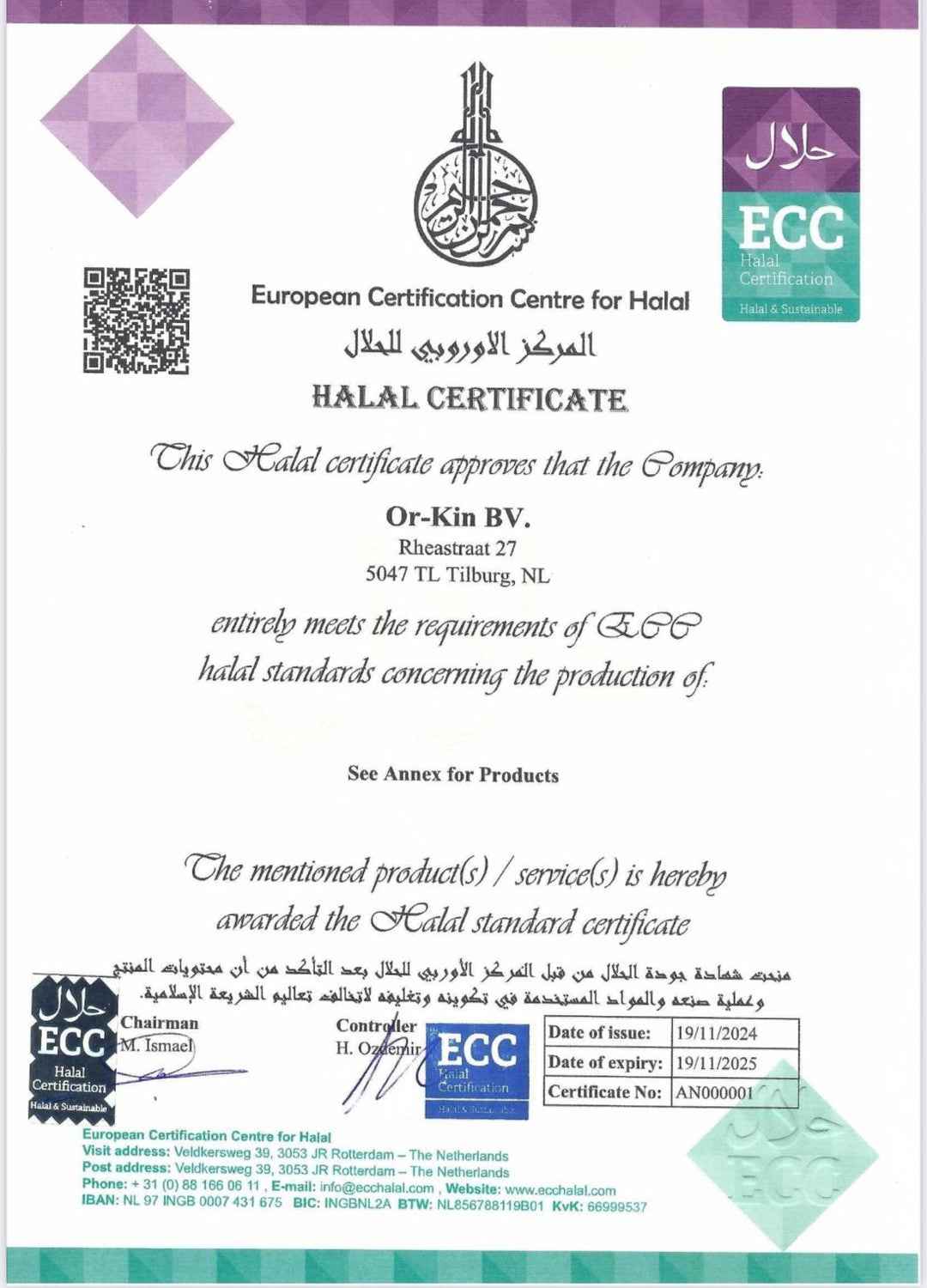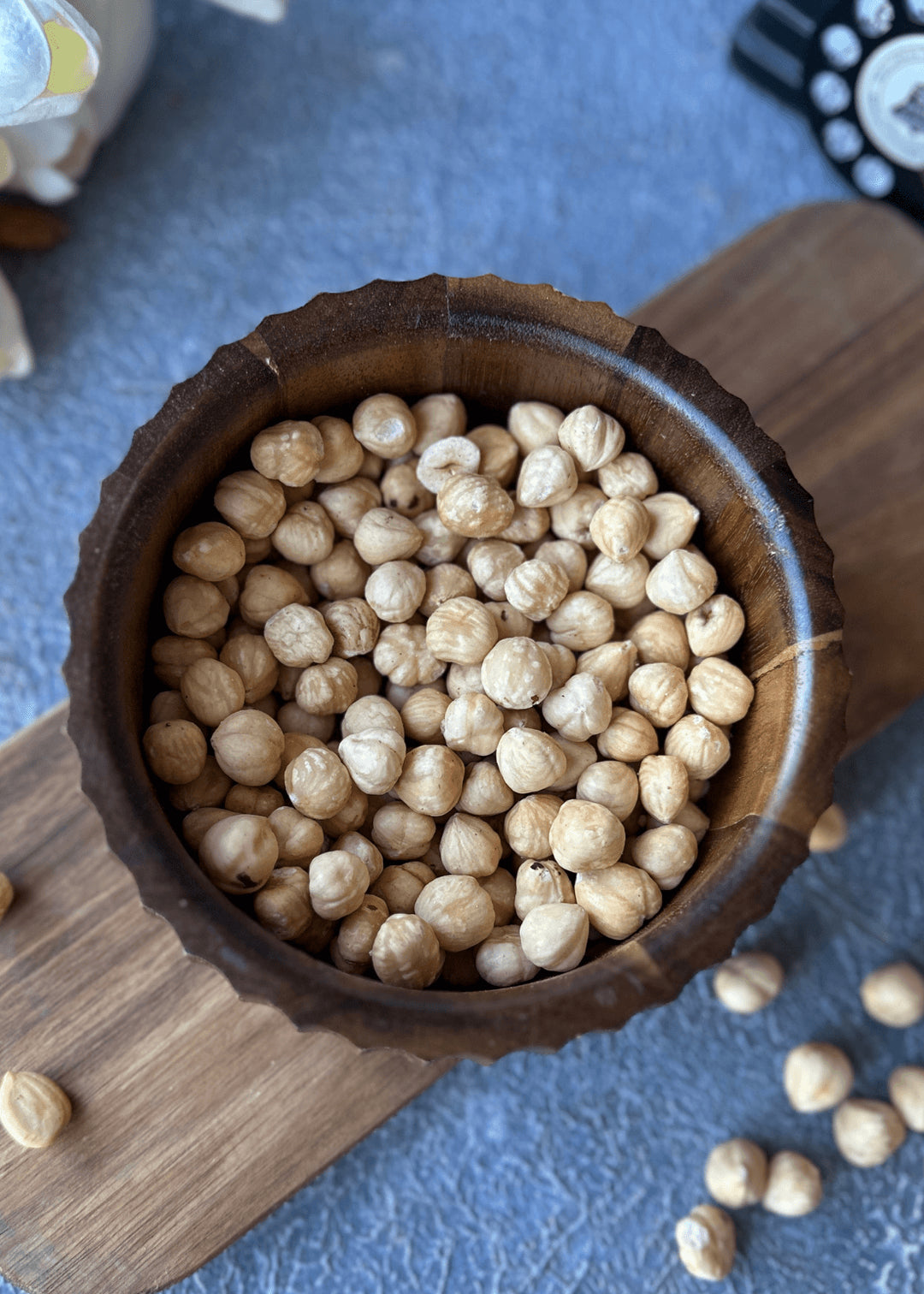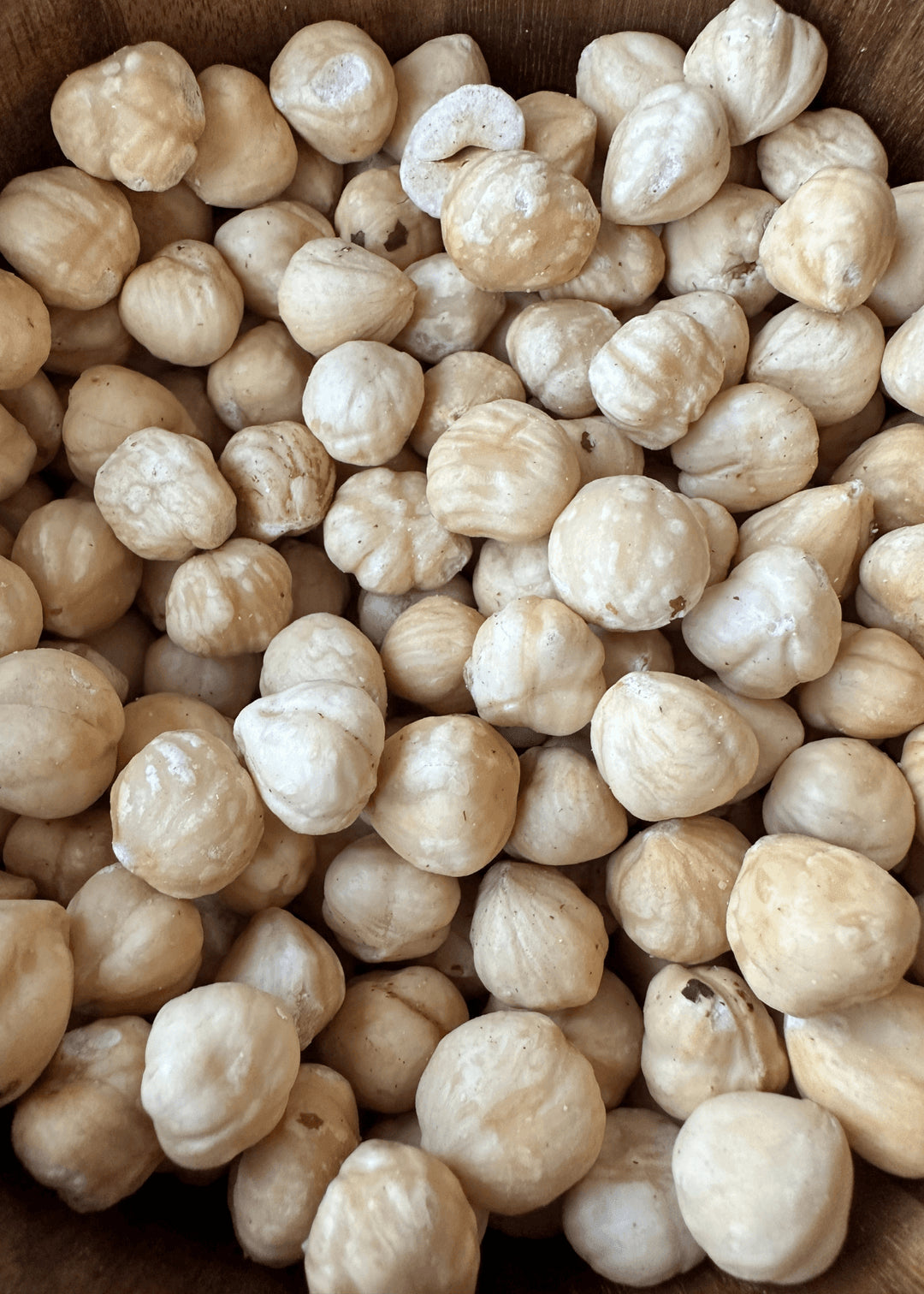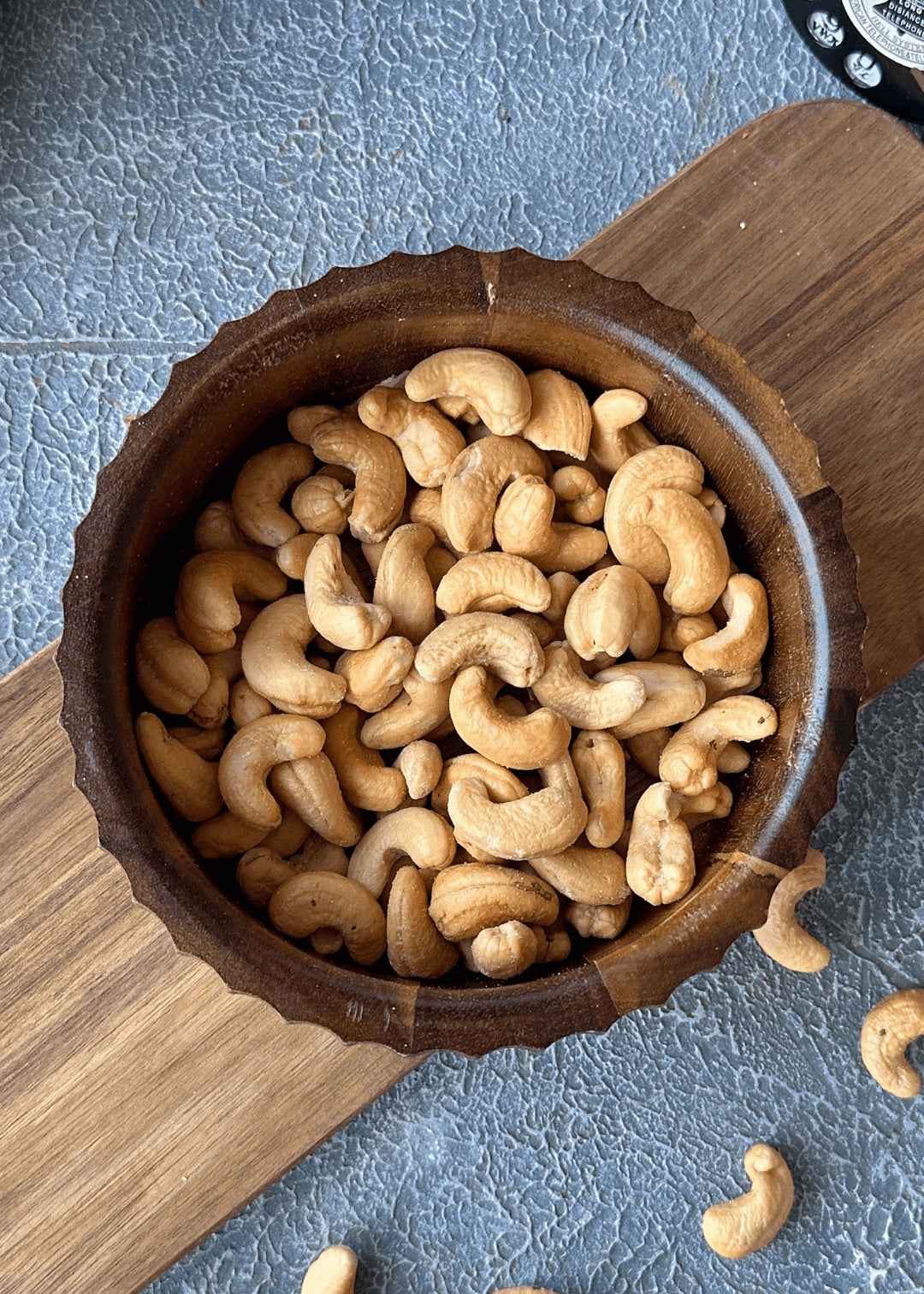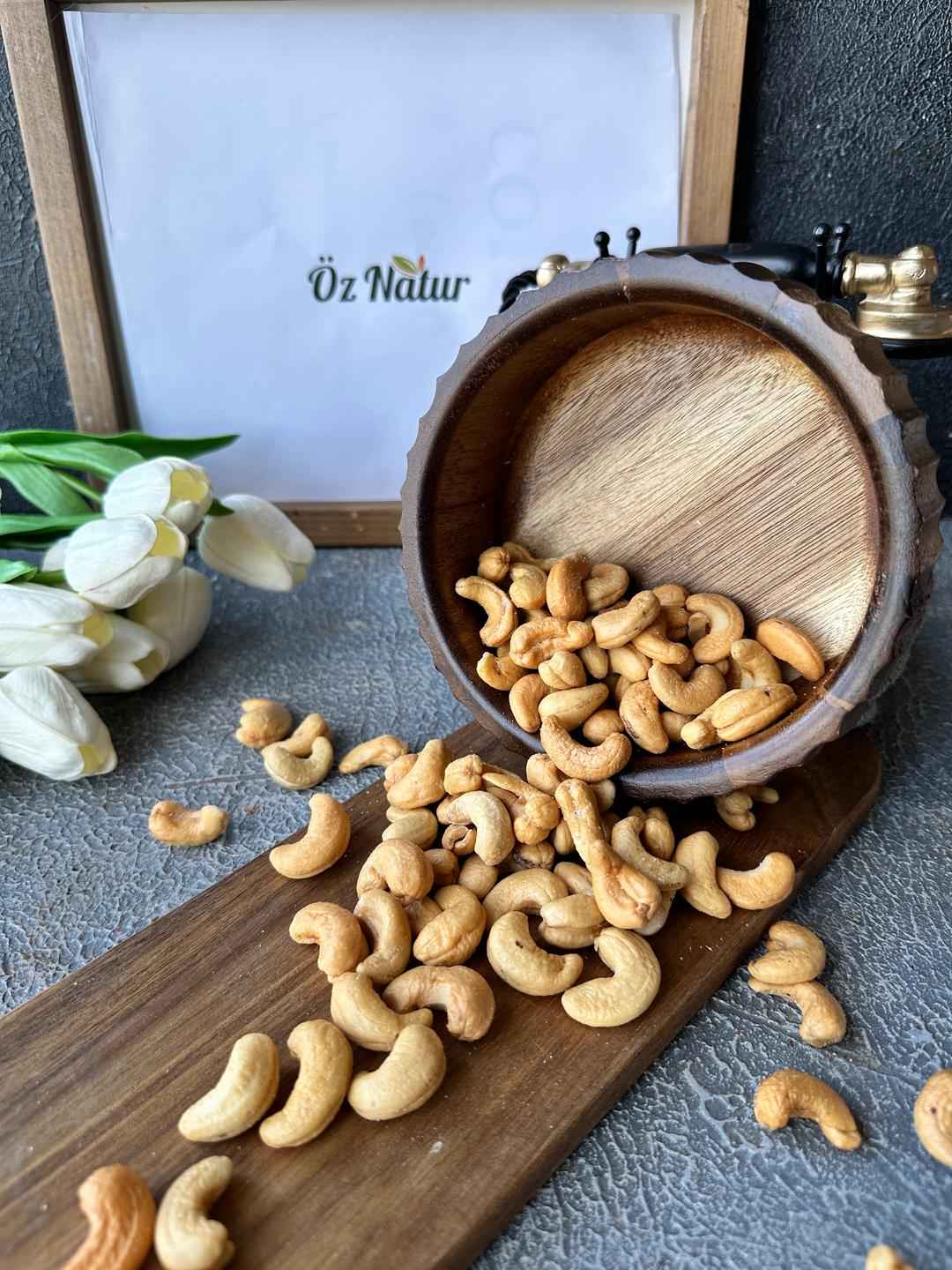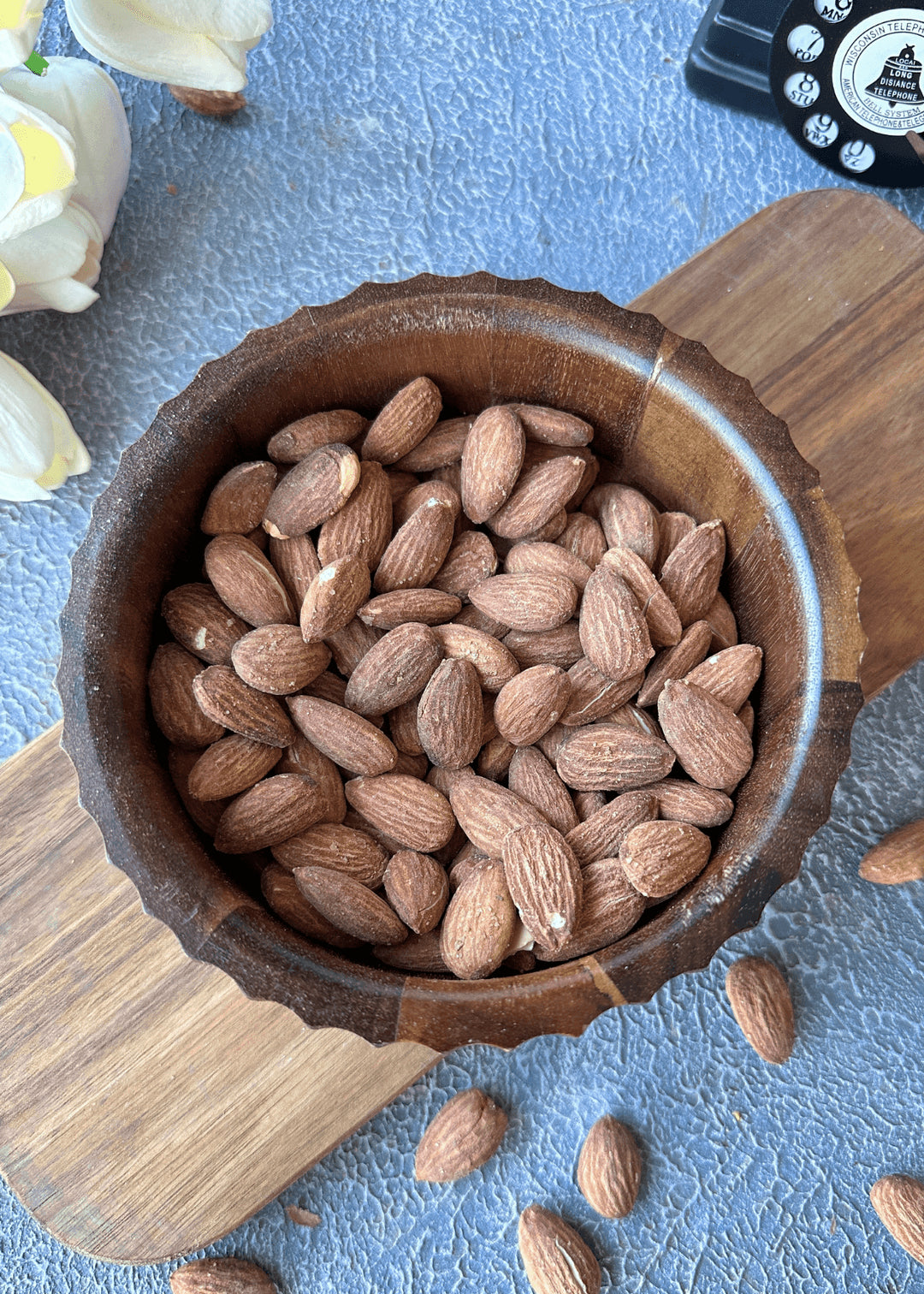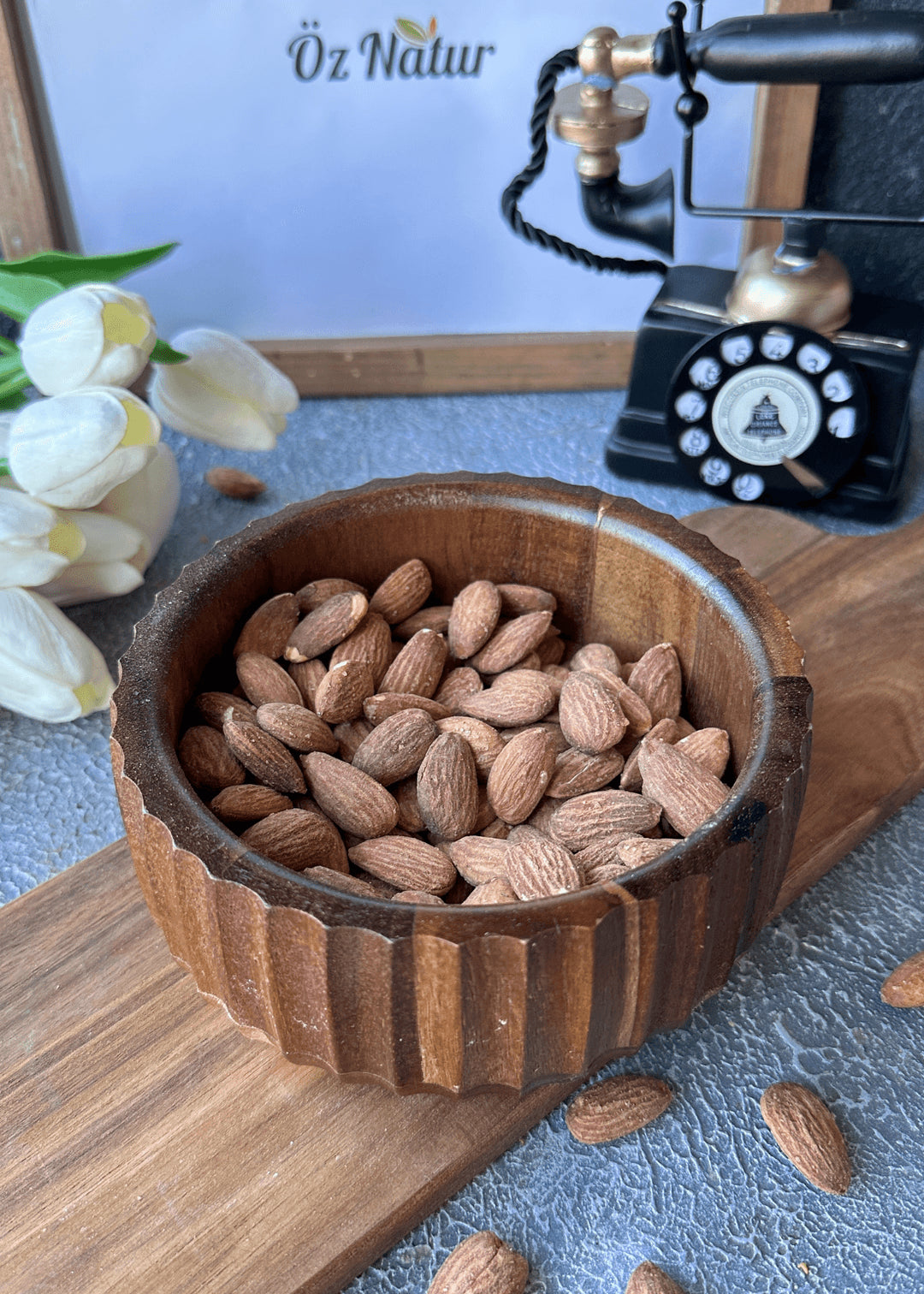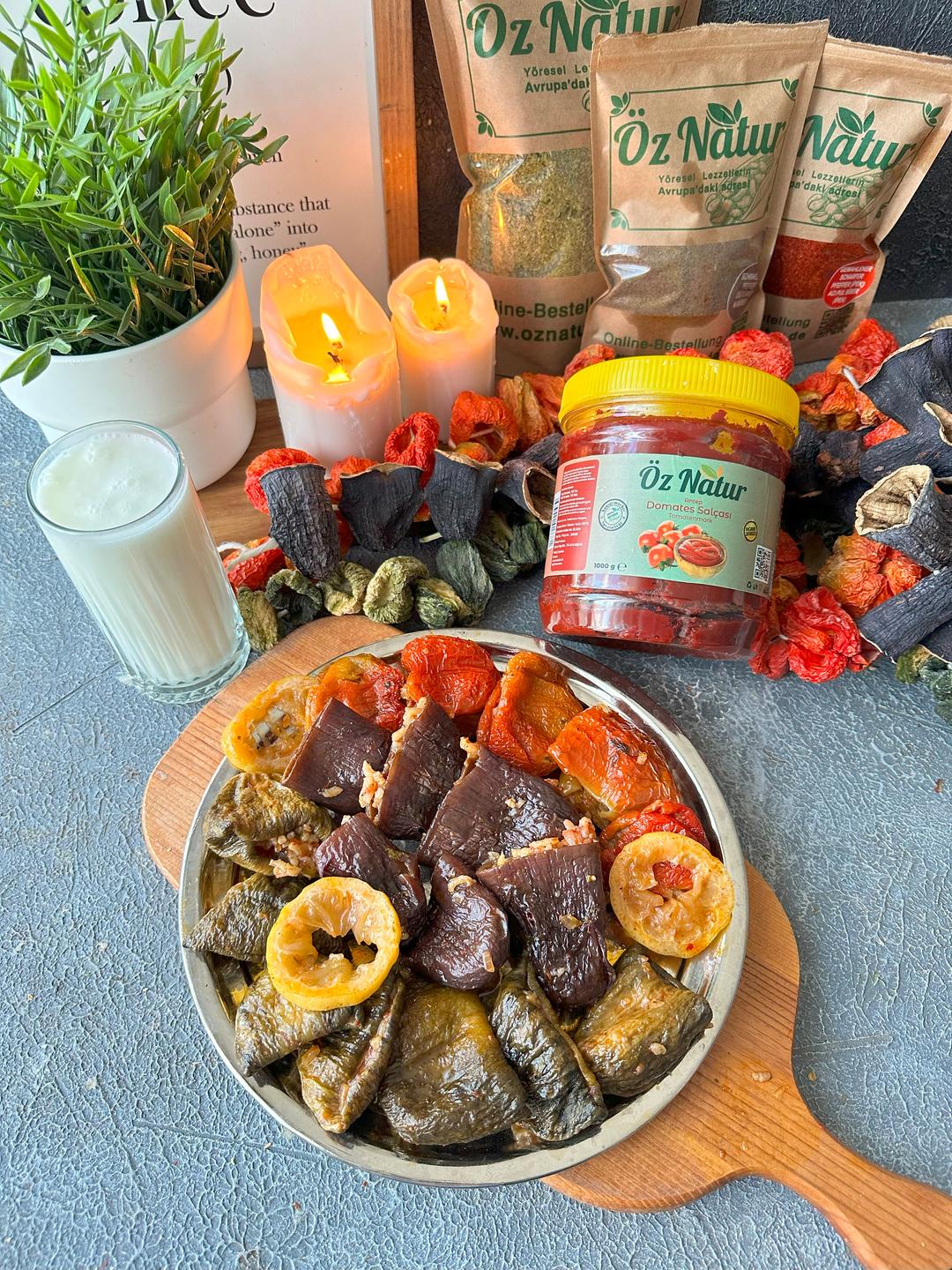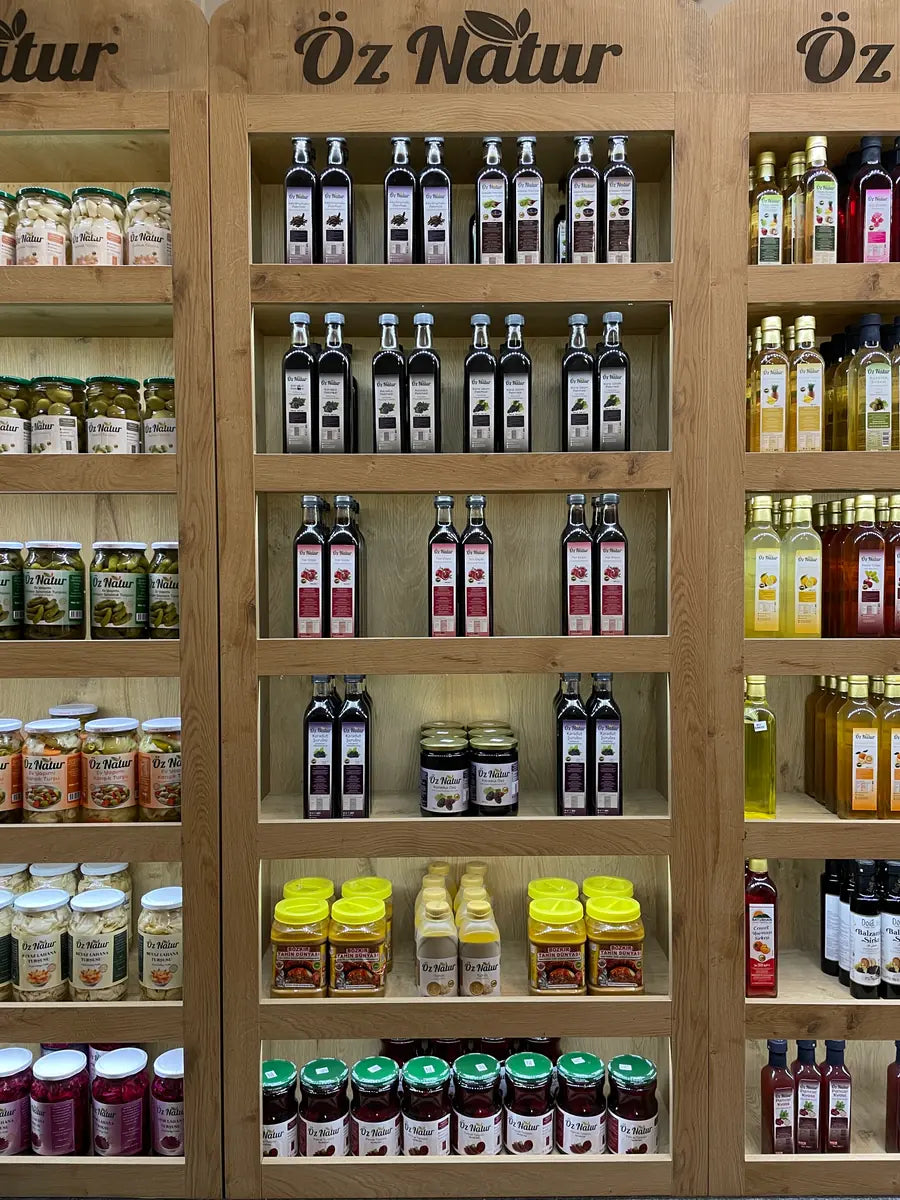Goat butter is known for its lighter texture and distinctive aroma compared to cow butter. It is produced from goat’s milk and has been valued in many culinary traditions. With its unique flavor profile, goat butter is used in both savory and sweet dishes, offering variety and richness in the kitchen.
Characteristics of Goat Butter
Goat butter is often described as having a smooth and slightly tangy taste. Its creamy consistency makes it versatile in cooking and baking. Compared to cow butter, it provides a different flavor experience, which pairs well with rustic, Mediterranean, and gourmet-style dishes.
How Can Goat Butter Be Used?
Goat butter can be enjoyed in many ways. In baking, it helps create soft textures in cakes, cookies, and pastries. Spread on warm bread, it makes a simple yet flavorful breakfast option. It can also be added to pasta sauces, soups, and vegetable dishes to bring creaminess and depth. When paired with grilled meats, such as steak or fish, goat butter enhances the taste and adds richness. In modern cuisine, it is also used for flavored butters mixed with herbs and spices.
Goat Butter in Different Cuisines
In Mediterranean cuisine, goat butter is often used alongside fresh herbs, vegetables, and bread. In European kitchens, it is incorporated into pastries and sauces, while in gourmet cooking it is valued for its unique flavor. Thanks to its versatility, goat butter is becoming more popular internationally as an alternative to cow butter.
Storage Tips for Goat Butter
To maintain its freshness and flavor, goat butter should be stored in the refrigerator and consumed within a few days after opening. For longer storage, it can be frozen in airtight containers. Keeping it well-sealed prevents it from absorbing odors from other foods.


